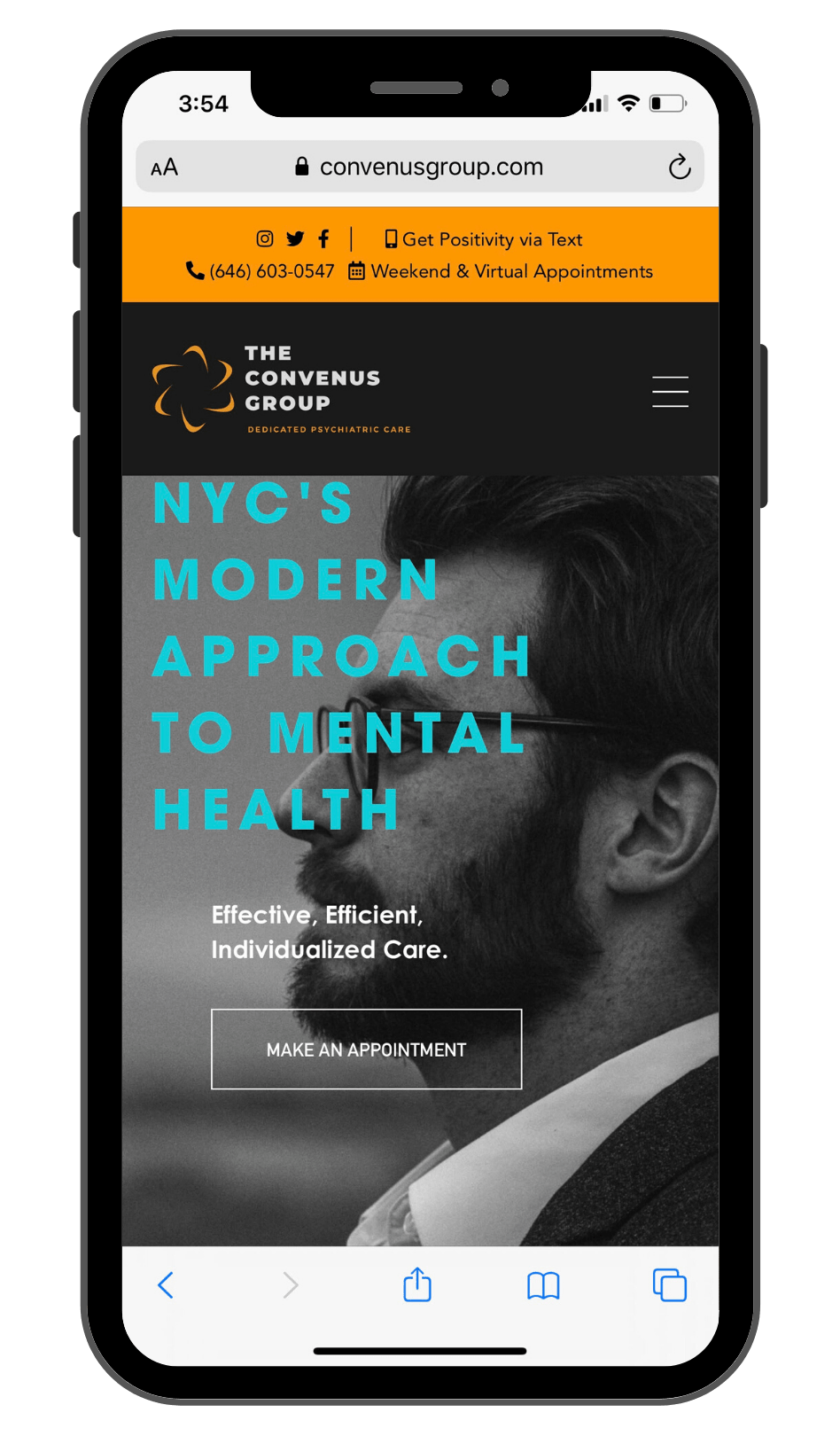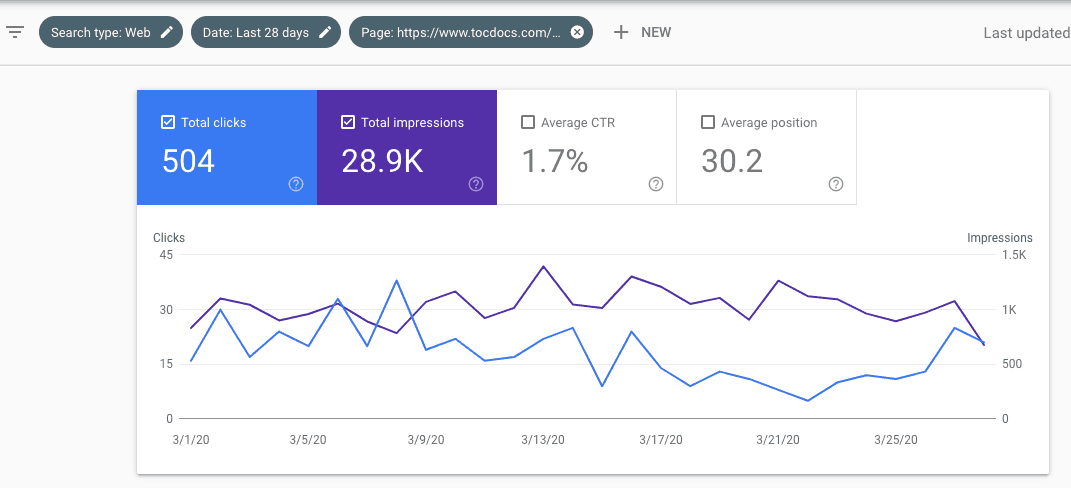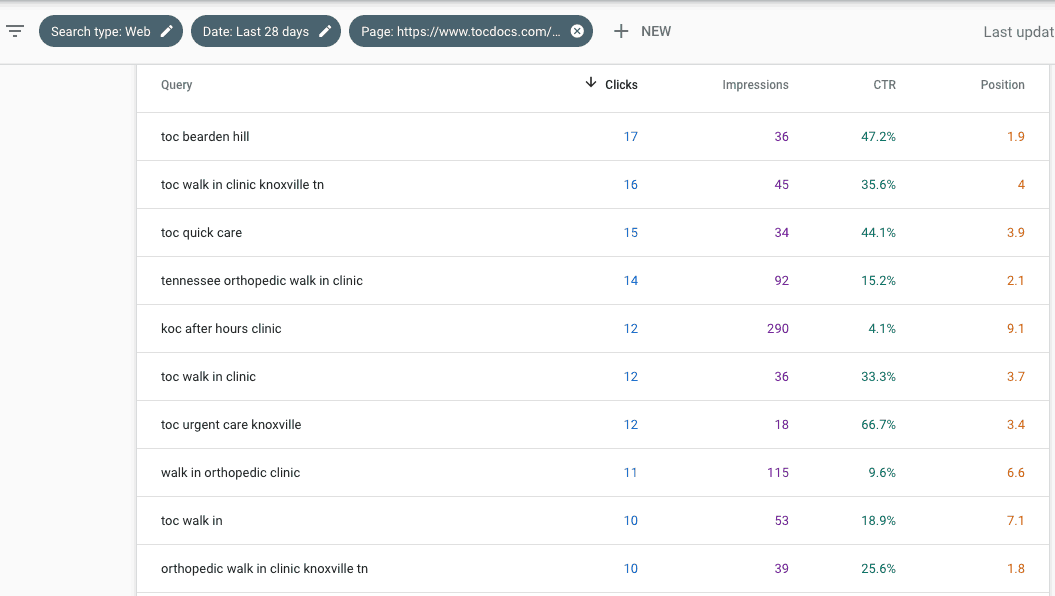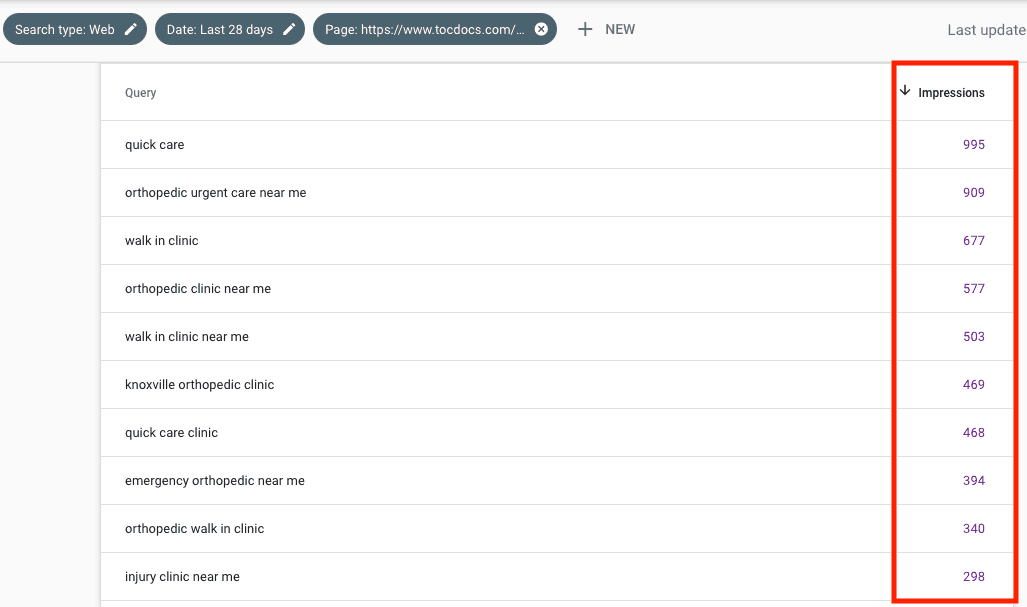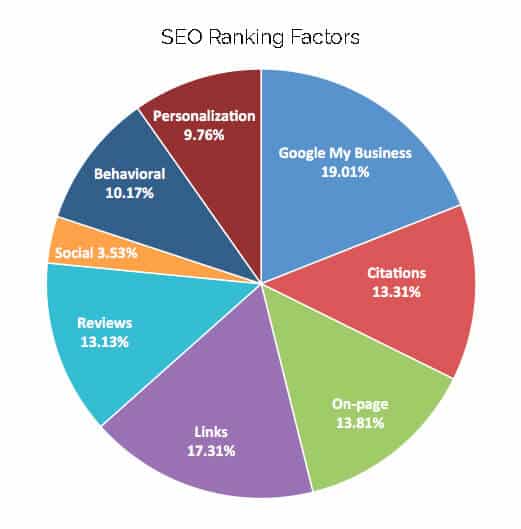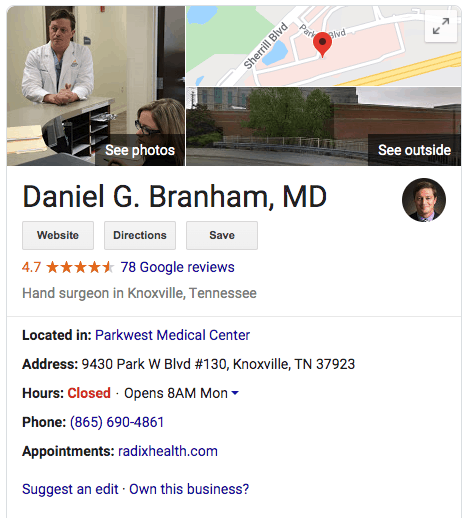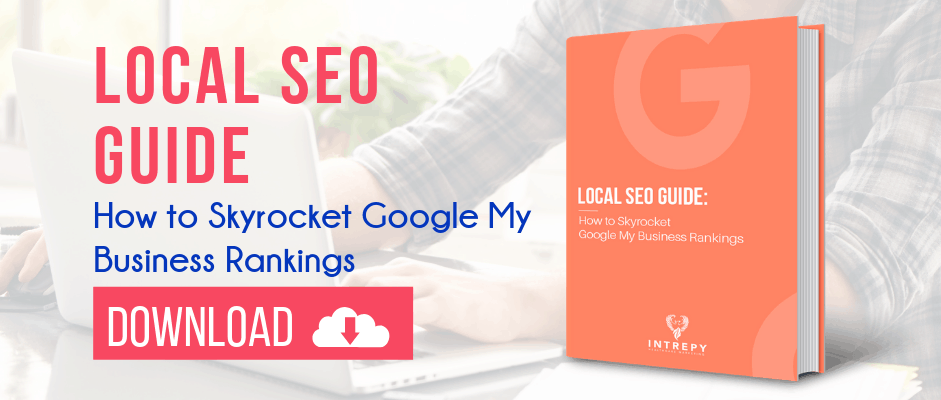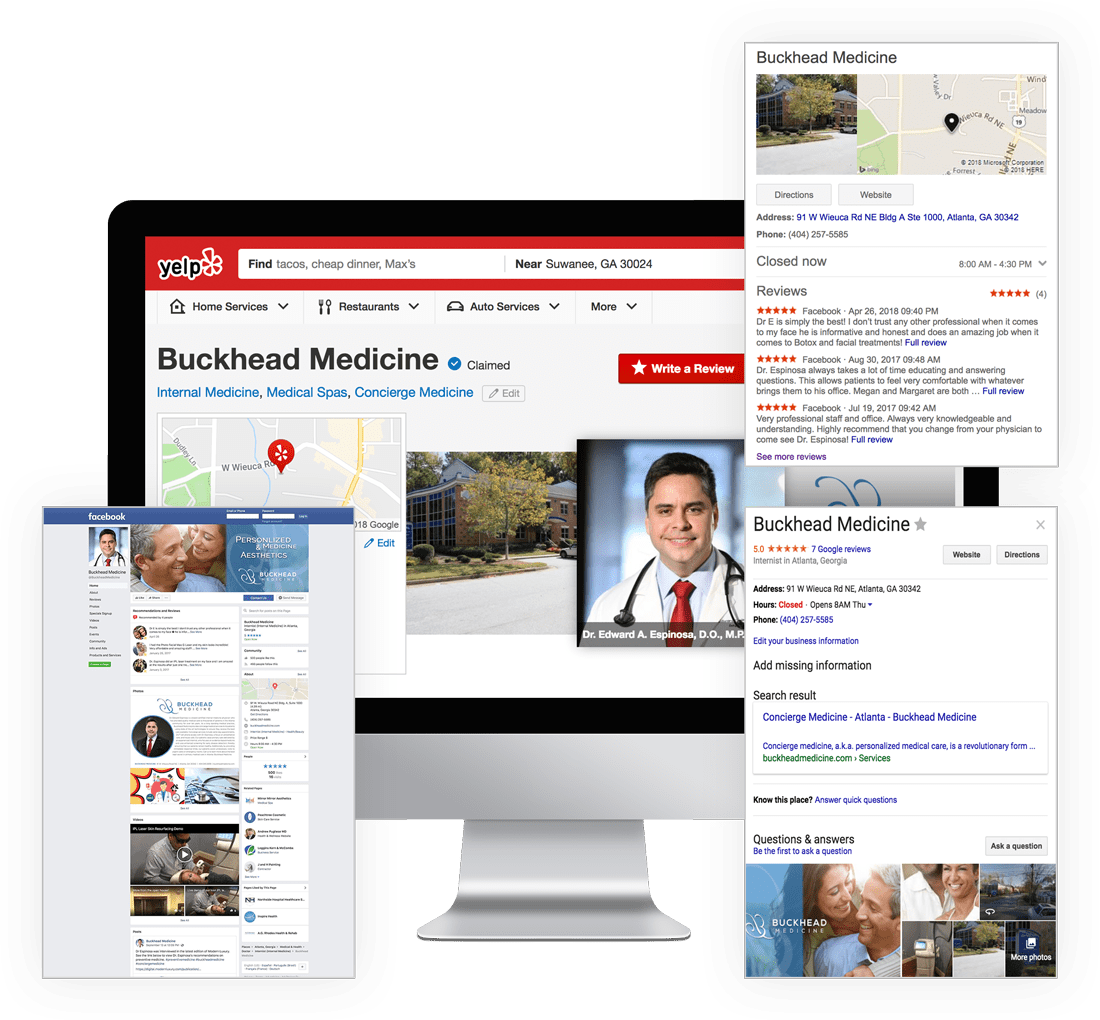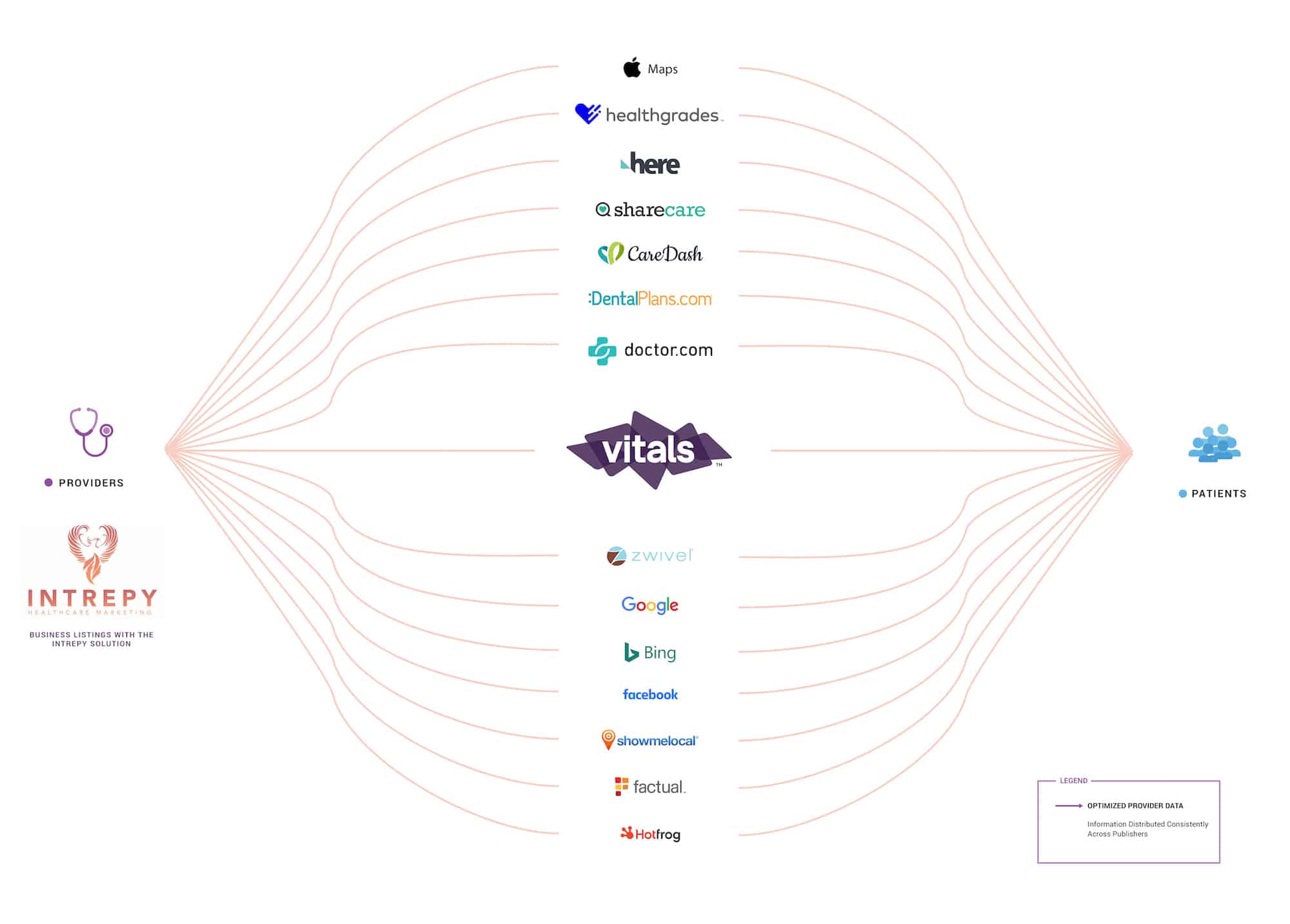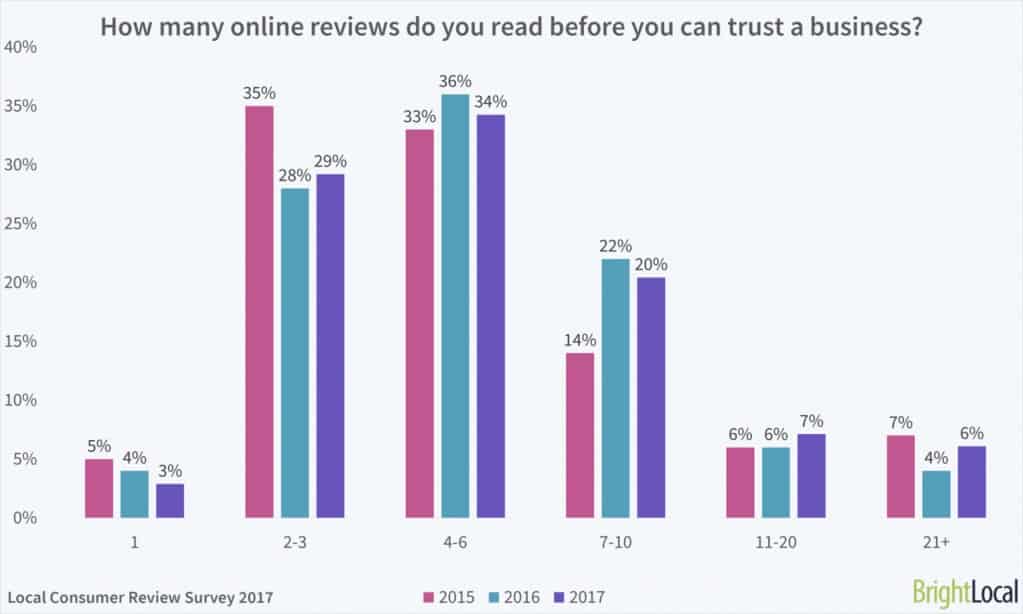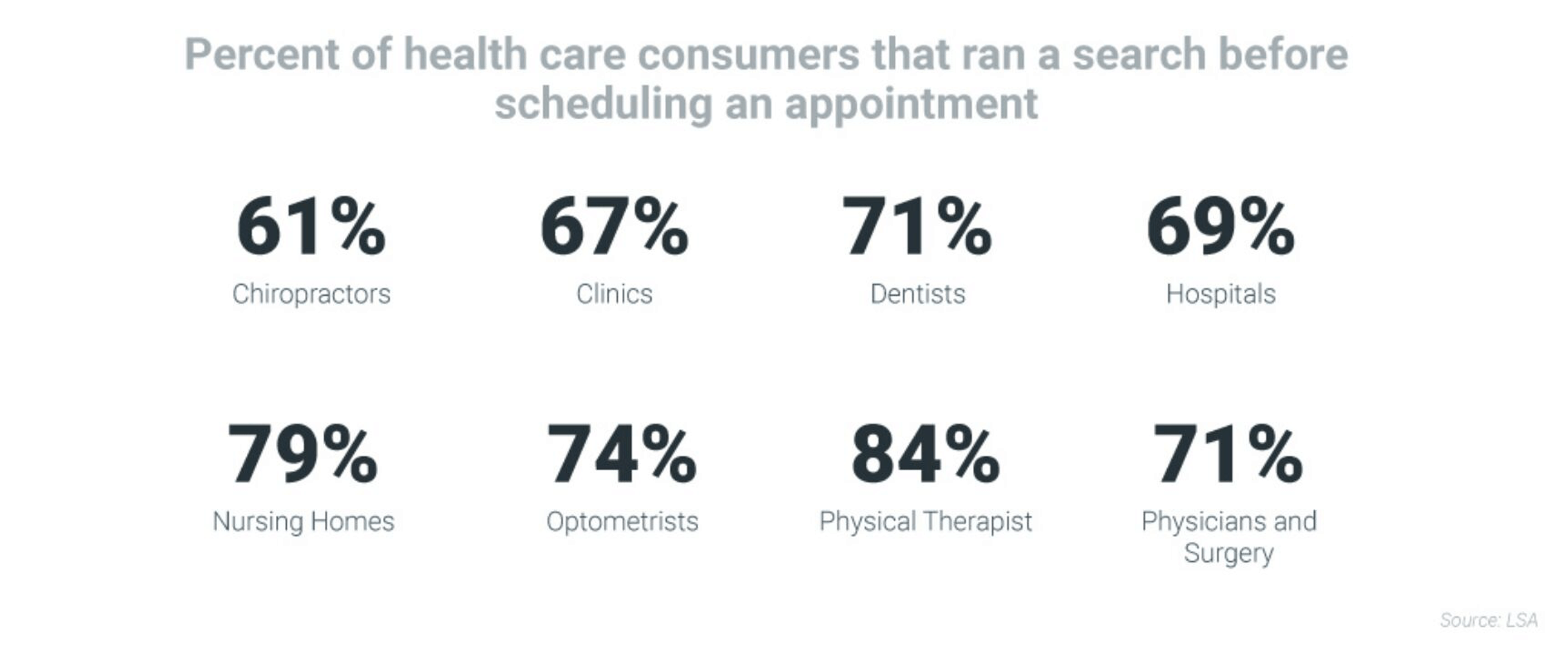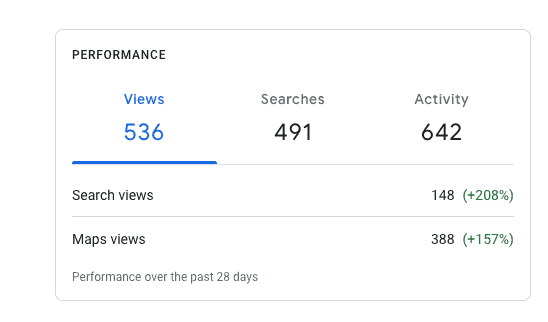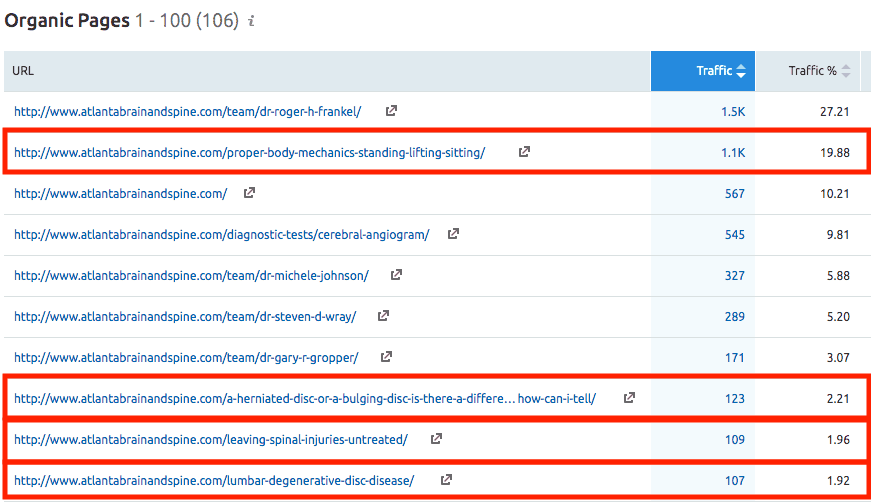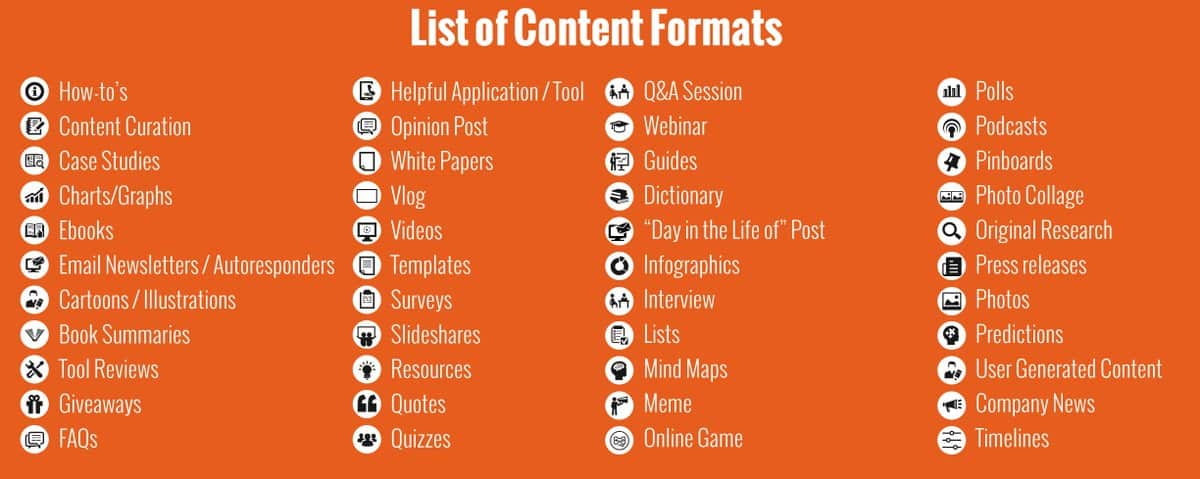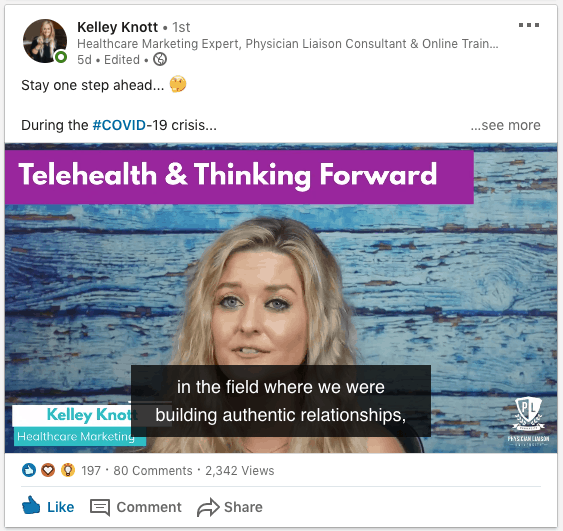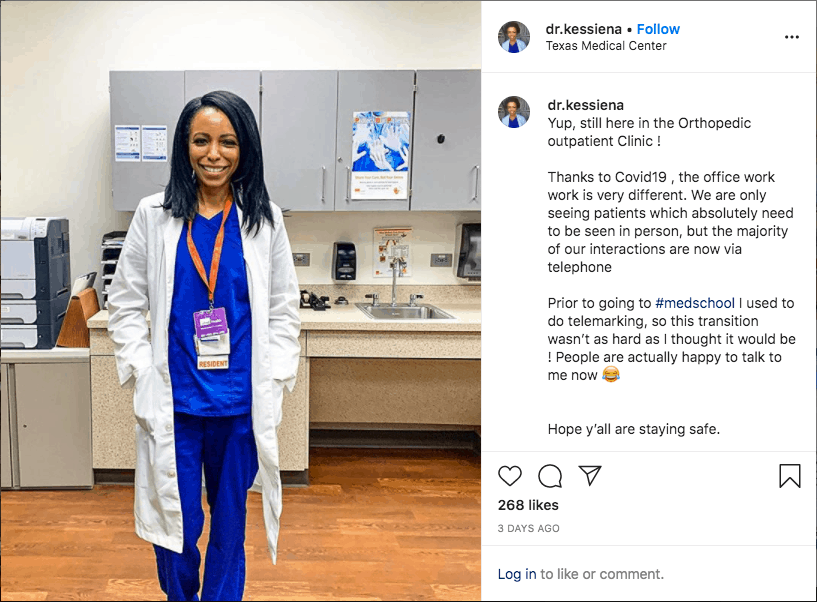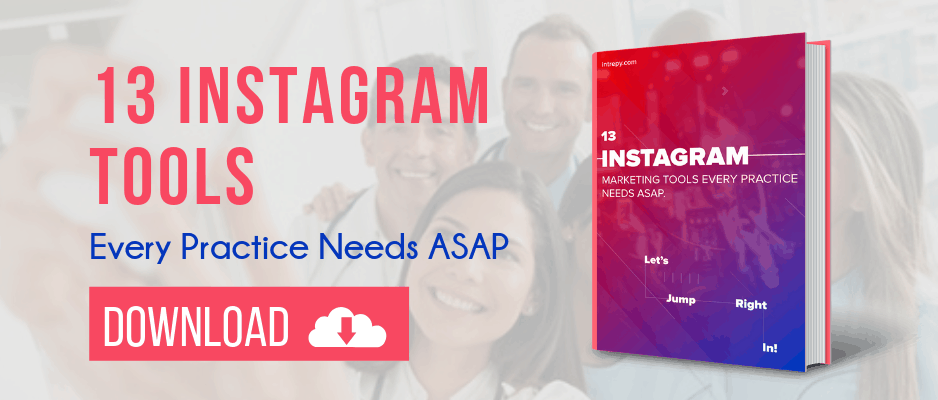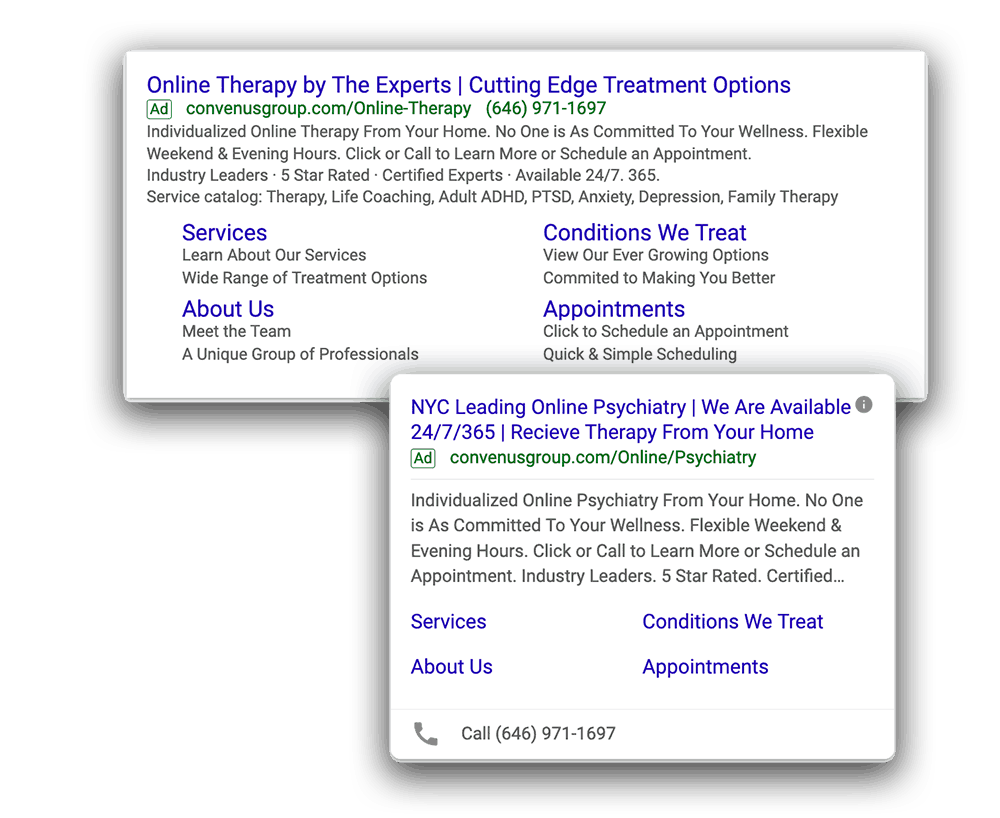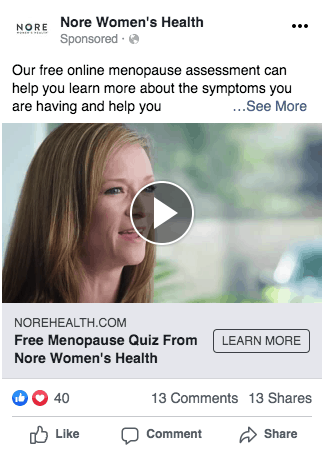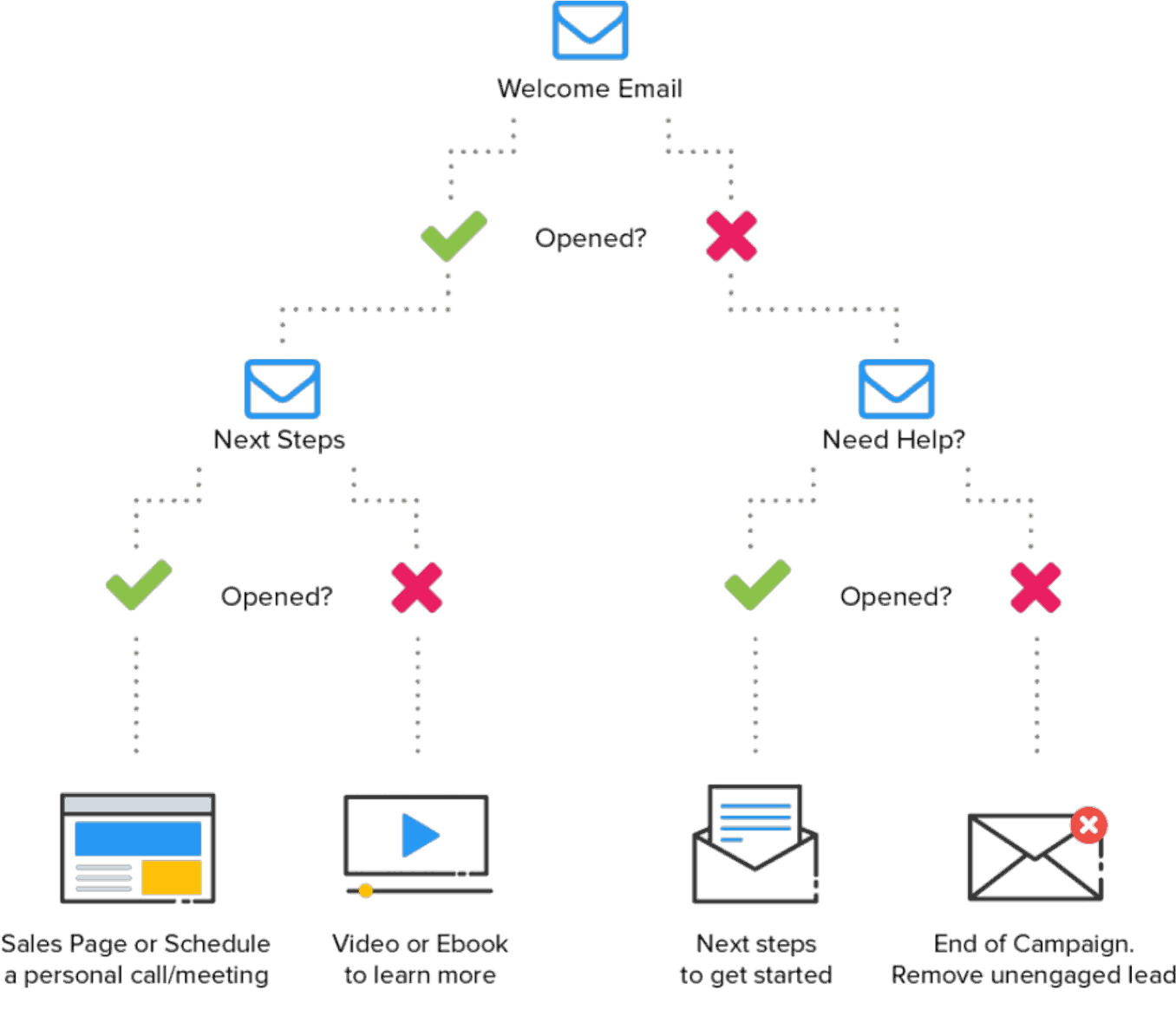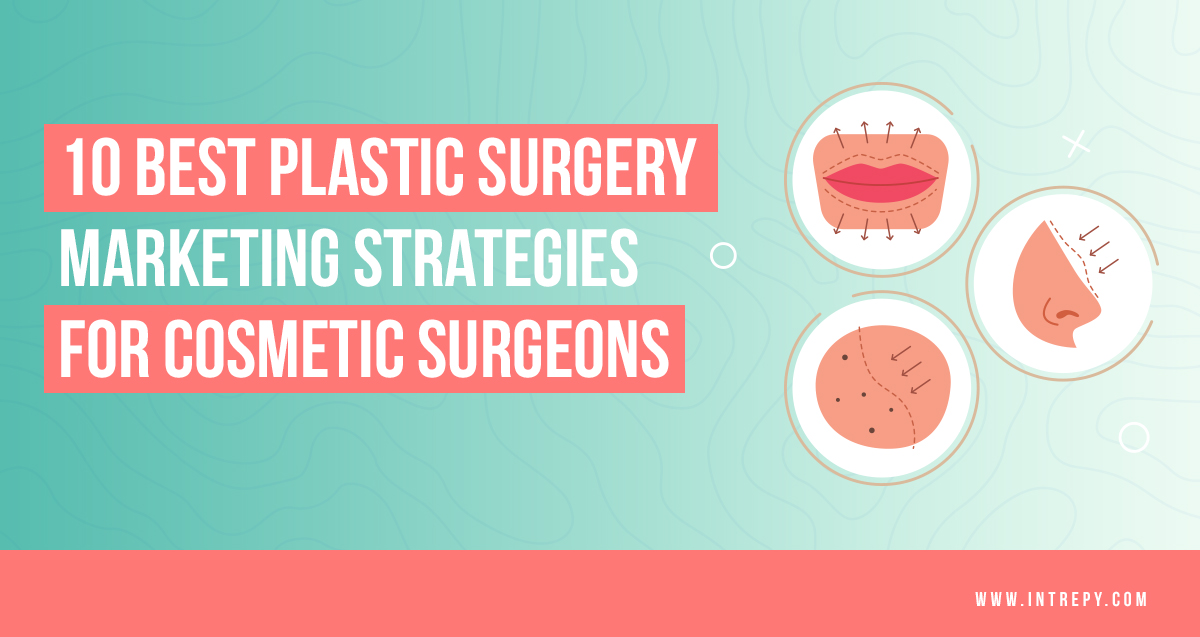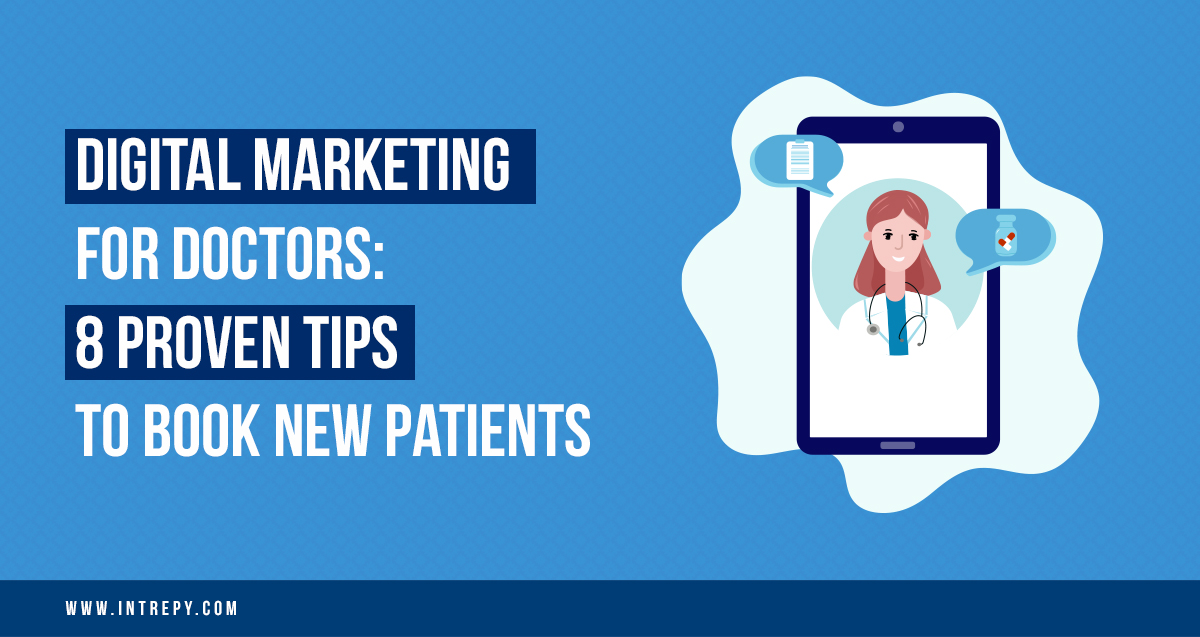10 Healthcare Online Marketing Techniques to Implement in Your Practice
Now more than ever, it is critical for providers and practices to realize the importance of healthcare online marketing.
Patients are turning to digital avenues to educate, engage, research and book appointments on things related to their health.
It is critical to not only make sure you are investing in the proper areas of growth but to ensure these marketing strategies are patient-centric.
The better you can personalize the marketing experience a patient has with your brand or practice the higher conversions, loyalty, engagement and success you will get from your marketing initiatives.
However, it can be tough for a healthcare organization to know where to get started with so many marketing strategies to consider.
What digital healthcare marketing strategies work?
Where should you spend the most time and effort?
In this article, we are going to layout 10 of the most effective healthcare-specific digital marketing techniques and tools that you need to be investing in.
Table of Contents:
- Patient-Centric Practice Website Design
- Setting Up Google Search Console
- On-Page SEO Techniques
- Properly Optimize Google My Business
- Correct Practice & Provider Business Listings
- Review Generation
- Content Marketing & Storytelling
- Engaged Social Media Platforms
- The Right Blend of Digital Advertising
- Email Marketing Automation
Patient-Centric Practice Website Design
The design, performance, and content on your medical practice website are one of the single most important things to get right.
It is worth investing in a well designed and structured website that is built with patient engagement at its core.
Does it communicate your core values? Who you are? What makes you different?
Does your website make it easy for patients to book appointments and engage with you?
1. Is Your Website Built for Mobile?
Mobile responsiveness is an absolute must-have for any website.
In 2019, mobile device usage share increased by another 10%, and in 2020 51% of all time spent online in the US is on a mobile device.
There is a free mobile-friendly testing tool that is provided by Google. Simply drop your URL in to see how your website fairs on mobile devices.
If your website doesn’t function as good if not better on mobile, we recommend address with either a design update or creating a new website built for mobile.
2. Is Your Website Load Fast Enough?
Website speed is not only an important ranking factor for SEO, but it can drive patients away from your website if it is too slow.
74% of mobile users will leave a website if it does not load in 5 seconds or less. Preferably you need to be at 3 seconds or less.
Luckily, speeding up your website is usually a reasonably easy fix.
Here are a few medical website tips you can leverage to start speeding up your website today.
- Check Your Website Speed with this free tool
- Ensure your images are compressed and optimized. Here is a tool we leverage at the agency called ShortPixel.
- Use a caching tool on your website. Here is a free tool for WordPress websites.
- Make sure you are on a premium hosting service. We are Intrepy leverage WP Engine.
- Consider leveraging a CDN if you have a lot of images or videos hosted on your website
Your website is the 24/7/365 day a year salesperson that you never have to pay a commission to!
It should be a significant driver of new patients into your practice if you are willing to invest in a high-quality design.
The investment should return itself 10X over the lifetime of the website.
Make sure patients can schedule appointments, find information about all of your services, navigate the website easily, and educate themselves with resources and content.
Setting Up Google Search Console
SEO for doctors starts with data and research. SEO is a foundation of good healthcare online marketing.
There is no better tool than Google Search Console to understand the organic search health of your website.
The best thing? It’s FREE!
Google Search Console is a treasure trove of invaluable information related to the organic search status of your website, and it’s pages.
It shows you:
- Errors or issues Google is having when crawling your website
- Indexing status of all the pages on your website
- Which search queries your website is ranking in the top 100 search results for
- Which keywords and pages are driving the most traffic for any particular date range
Here is an example of a Google Search Console page performance report for one of our client’s Tennessee Orthopedic Clinics for the Orthopedic Urgent Care page on their website.
This screenshot shows the exact search queries and how much visibility and traffic they are driving to their Urgent Care page.
Getting started with Google Search Console is pretty straightforward. Here is a guide that Google has created.
The big thing to keep in mind when setting it up is to make sure you submit your sitemap.
On-Page SEO Techniques
Now that we understand why your website is so essential when it comes to design and content, and we have talked about Google Search Console as it relates to medical SEO.
Let’s talk about the on-page SEO techniques or structure of your pages that matter the most to improve rankings and ensure great organic search success of the pages on your website.
I want to take a look again at the orthopedic urgent care page that we referenced above. Below is a screenshot of the keywords that are drawing the most search impressions.
I, therefore, know that if we can get our client’s page to rank in the top 3 search results for many of these, we can drive 1,000s of website visitors per month.
Here are the most critical on-page ranking factors that you need to focus on:
1. Title Tag
The title tag is the title of the page that appears in blue in Google search results. It is one of the top 2 most important things.
A proper title tag will contain the focus keywords of that particular page as close to the front of the title tag as possible.
Going back to the orthopedic urgent care example, see the title tag that we have optimized for their page. As you see, ‘Orthopedic Urgent Care’ is at the front of the title tag because it is the most crucial keyword string in terms of search volume and page focus.
2. H Tags
H tags are the headers on the page. You want to ensure that you have one H1 tag only on each page, and the rest should be H2 – H4 tags depending on the importance they have on the page.
Check out the below screenshot of a section on the Quick Care Ortho page.
As you see, the purple title is an H2 tag and contains another relevant keyword we want to rank for ‘orthopedic walk-in clinics, which gets 340 searches every 28 days.
3. Body Text & FAQs
Arguably the most important on-page SEO ranking factor is the content of the body text itself.
You generally want to make sure that you have at least 400-500 words on a treatment level page to make sure it contains enough relevant content to rank well.
Try and cover many of the common FAQs as body sections as you can related to what the treatment is, recover time, why you need it, etc.
Check this video out for more on-page SEO techniques that you can implement.
Properly Optimize Google My Business
As Google has shifted to a much more localized search experienced, we have seen the rise of Google My Business pages.
Your Google My Business is one of the top local search ranking factors that matters the most to your practice’s local SEO.
What is unique about healthcare is that it is one of the only business verticals that you need to address the Google My Business for not just the practice but the provider as well. Medical doctors are allowed to have a Google My Business.
How to Optimize a Google My Business Profile
- Claim & Verify your profile with Google
- Complete the entirety of the profile. The more complete, the better results.
- Write a killer business description and include the main keyword + city in the first sentence of the description
- Ex. Dr. John Smith is an orthopedic spine surgeon in Dallas.
- Upload photos on a monthly or quarterly basis to keep things fresh
- Build new reviews on your page (more detail on this to come)
If you want more info, we have put together a step by step guide on what you need to do to optimize your Google My Business.
Practice & Provider Business Listings
As you saw in the pie chart above, ‘Citations’ or Business Listings are a close tie for the 3rd most crucial local SEO factors.
Outside of your Google My Business, there are dozens of directories and reviews sites that you need to ensure your practice and providers are listed on.
More importantly than just being listed on them is ensuring that the information is verified, correct, and consistent across each profile.
Accuracy is critical not just for SEO, but it also ensures a patient is getting the same information every time.
There are three types of business listings that you need to focus on:
- High Domain Authority: Google My Business, Bing, Yelp, Facebook, Hotfrog, etc.
- Niche Listings: WebMD, Healthgrades, Vitals, RateMDs, CareDash, etc.
- Local Listings: Chamber of Commerce, Local Business Directories, etc.
The easiest way to do so is to leverage a Physician Listings Management service, so you do not have to manually claim 100s or 1000s or directories if you are a larger multi-location and multi-provider practice.
For instance, the service we provide to our clients allows us to maintain one master profile for each location or provider and unify all listings we manage.
This also makes onboarding new providers to the practice a breeze.
Commonly, providers have many errors in their portfolio of directories that could include hospitals or practices they have worked at in the past.
Many of these directories will create listings automatically for you, whether you know it or not.
Review Generation for Healthcare Online Marketing
Another critical healthcare online marketing strategy is review generation.
It only takes 1-6 online reviews for nearly 70% of potential patients to form an opinion about your practice.
Is that opinion negative or positive? That all depends on your reputation.
92% of consumers read and leverage online reviews when they are searching for a local business.
Check out the stats below. Between that and the stats above, if you are a surgeon, you can almost guarantee with certainty that 70% or more of your potential patients are reading reviews about you before considering booking an appointment.
You have to prioritize putting a program in place to generate new, positive reviews online in a HIPAA-compliant manner.
Check out this podcast: Do Google Reviews Help SEO?
As an example of the power that positive reviews can have on your search visibility, just check out the screenshot below.
We rebranded a 25-year-old primary care practice a few months back that had been leveraging the name of the founding provider for years, but they had grown to a multi-provider practice, so it was time to get branded.
As a result, we named the practice and set up a new Google My Business page.
In the second month, we started to focus on a review generation program leveraging our reputation management for doctors software.
They grew by nearly 30 reviews in the first month, and as a direct result, their listing’s visibility jumped by 208% month over month.
The best way to ensure program success is to leverage software that can directly integrate with your EMR system so you can automate the review request process after a patient check out occurs. This allows you to maintain the same checkout workflows are before.
We recommend focusing reviews on these top sites to start.
Which sites should Practices grow reviews on?
- Google My Business
- Industry Site if Applicable (ex. RealSelf)
- Yelp
Which sites should Physicians grow reviews on?
- Google My Business
- Healthgrades
- Vitals
- WebMD
Content Marketing & Storytelling
Content marketing and storytelling are powerful components of a successful healthcare online marketing program.
A properly optimized and active blog can and should drive 50% or more of the organic search traffic to your website.
Check out the above spinal surgery practice. Currently, there are four blog posts in their top 10 organic traffic pages on their website.
They collectively drive 26% of all of the website’s organic traffic.
If they can continue to invest in better and better-performing blog content they could stand to 2X or 3X their organic website reach.
This is the power of content marketing. And content marketing is not necessarily only blog posts.
The best way to create impactful content that your patients cannot get enough of is to have a level of involvement from your providers or surgeons.
They may not have the time to write long-form blog posts, but they do have the time to strategize on ideas and create short videos of 1-2 minutes in length.
If you sit down for 30 minutes and write down the most common questions that you receive from patients on a daily, weekly, and monthly basis, I bet you could come up with nearly six months worth of blog and video topics.
And the best part is…you know that patients are already seeking these answers!
Another significant benefit to an active content marketing program for your overall healthcare online marketing is that the more blog posts and video content that you have, the better your social media platforms will perform.
Which, in turn, will drive more traffic and visibility to your website and brand.
Engaged Social Media Platforms
This is a perfect segway into creating an engaged community on your social media platforms.
All too often, medical practices have this mentality that all it takes is setting up a few social media profiles and postings links to their website, and engaged patients will just arrive.
This could not be further from the truth. It ain’t gonna happen. No way, no how.
Patients have way too many options and distractions on social media, so if you are not providing real value and being authentic, you will be drowned out.
The best content medium for engagement is video.
Long term, if you want to connect with your audience and refine your storytelling process, you have to do so with video, and your physicians need to by into the process.
If you do this, you are well on your way to growth compared to your competitors.
We practice what we preach here at Intrepy Healthcare Marketing, and it shows. Between our social platforms and our founders, we have a reach of nearly 100K followers and generate 10,000s of views and site traffic on our content weekly.
This is a video post our co-founder, Kelley Knott, put on her LinkedIn. It has already amassed 197 Likes, 80 Comments, and 2,342 views. No paid ads, all organic.
There are plenty of providers and practices crushing on social media, and you can too.
There are a few main tips when building a social media program you need to keep in mind:
- Be authentic.
- Bring people into your practice (i.e. show them what you do behind the scenes or in the OR)
- Leverage video as much as possible
- There are no shortcuts. It takes time, and it takes real engagement. You get out what you put in.
- Vary the messaging and follow the 80/20 rule. 80% focus on providing real health-related value. 20% focus on the “hard sell” or driving appointments or other actions
- Have fun and collaborate it is called “social” media for a reason
These are the most important platforms to spend time on. We, however, always recommend focusing on becoming a master of one platform, and you can disseminate the content to the other platforms.
- Youtube
If you are looking for more social media resources check out this blog post on Instagram marketing for medical practices.
The Right Blend of Digital Advertising
Digital advertising in healthcare is a powerful way to hyper-target your demographic and geographical area. If leveraged properly, it can be a fantastic way to drive new patients and revenue to your practice.
However, you have to understand what works best on each platform.
Google Ads
Google Ads is an advertising platform where you bid on keywords and create ads to show to people who search for those specific keywords.
Example of a psychiatric client. We are promoting the fact that they do virtual visits.
Research is critical before jumping into any Google Ads campaigns.
You want to either alter your services pages that you are driving the ads to or creating specific landing pages to make sure it is easy for patients to fill out a form or call the office.
Additionally, you want to make sure you are not only tracking the form submissions but have call tracking active on your website so you do not miss out on lead-related call data.
Social Media Ads
Facebook and Instagram Ads are the most commonly utilized social media ads for healthcare organizations.
They are great for driving new leads and retargeting website traffic with social based ads.
The ads that work best on social media are value-based. They are not hard selling ads.
For instance, we have a women’s health practice that we run Facebook ads to grow their menopause treatments and initial evaluations.
While we are running “Book Now” style ads, we are also leveraging a menopause quiz that we developed that has delivered amazing results.
We have been able to generate 250+ quiz leads per month for around $2 per lead.
Then we get the leads that are not ready to book an appointment into an email nurture sequence and deliver some highly valuable content (that we talked about earlier in the content marketing section) to get them warmed up and ready to book an appointment over the next 30-90 days.
Check out this article on Facebook Ads Tips for Medical Practices.
Email Marketing Automation
Last but certainly not least is leveraging email marketing automation in your healthcare online marketing program.
As we just alluded to not ever lead, whether it is from organic search, paid ads, or social media is going to be ready to book an appointment.
In fact, on a good campaign, you may only get a 20-30% conversion on leads ready to walk through the door and see a provider.
That is why it is critical to get the other 70-80% into a personalized and segmented email nurture campaign.
As we say here at Intrepy: “Don’t Leave Your Leads Hanging. You paid for them, so convert them by nurturing them!”
A good funnel example could be this.
Say you are an orthopedic practice looking to drum up more spinal surgery patients.
You could look at running ads for an interactive back symptom/back pain evaluation tool that asks the patient a series of questions.
At the end of the survey, they fill in their info and are asked if they would like to book an appointment to see a spinal specialist.
The portion that is not ready to do so would be added to an email nurture sequence where they would receive a series of 12 patient-centric, value-based emails focused on topics, content, and videos related to back pain.
In the middle and end of the sequence, we will insert a “hard ask” to schedule an appointment. If we get even 10-15% more patients through the door, that could increase the overall ROI of the advertising program substantially!
Wrapping Up: 10 Proven Healthcare Online Marketing Strategies
In closing, there are a few pieces of the digital marketing puzzle that are the most important to spend your time, focus, and money on.
When you get these components working together in harmony, they can produce amazing results for your organization.
If there is any way we can be of help, reach out and let us know! If you are not sure where to start, we offer a Free Practice Assessment that includes a 15-minute review call with a healthcare online marketing specialist.
Intrepy Healthcare Marketing is a medical focused marketing agency that develops patient-centric healthcare marketing programs for our partner organizations to help them grow and reach new patients. We provide medical website design, medical SEO, digital advertising, listings management, and review generation.
We also have a new service that we have developed since the rise of COVID called Telemedicine Marketing, where we can help your organization quickly onboard telemedicine and get the word out to patients quickly and efficiently.
Thank you for reading, and we hope you find these tips helpful in growing your practice or hospital.
